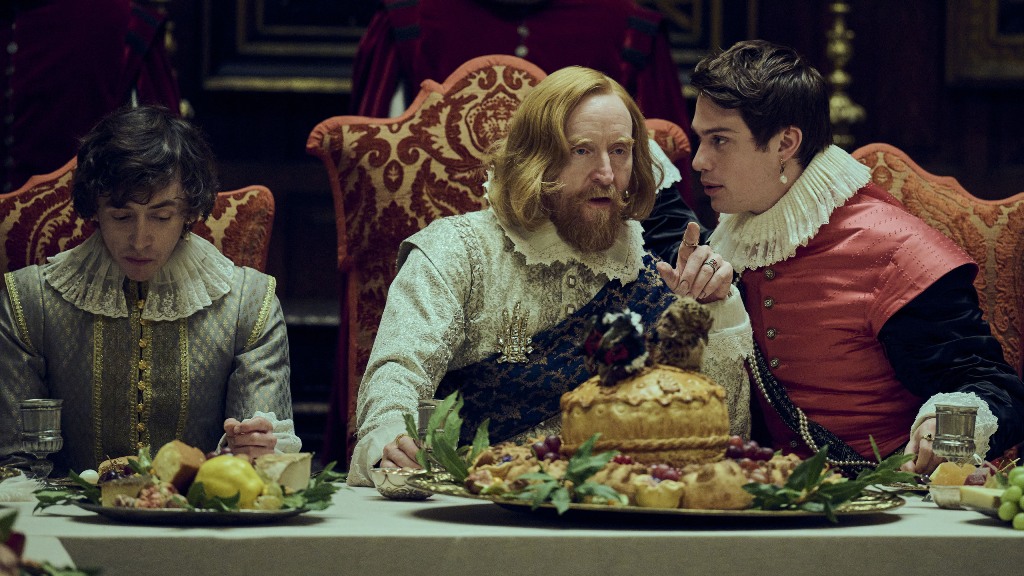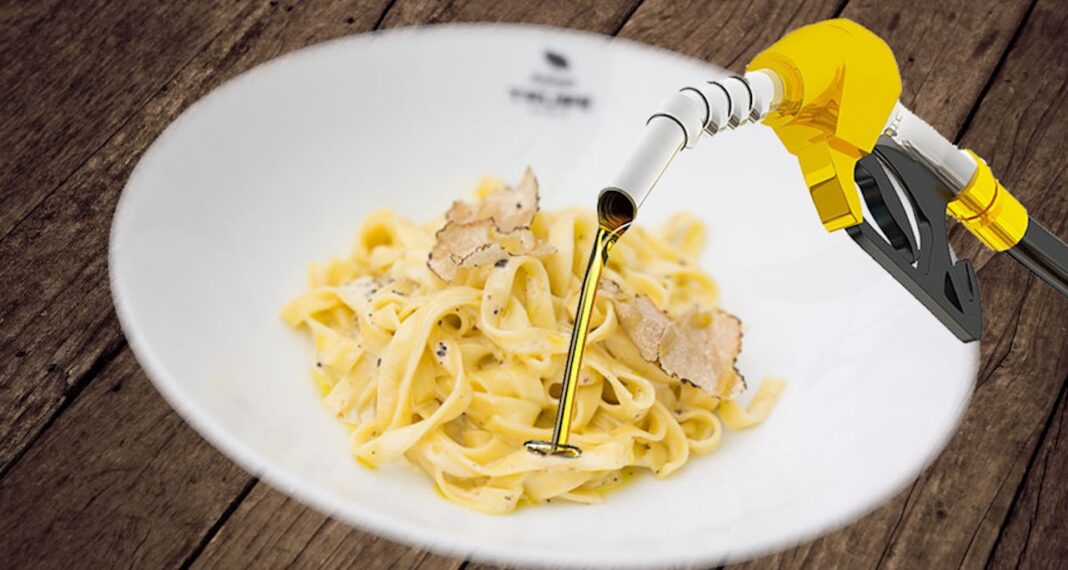He was so beautiful that women – and men – stopped to stare. His legs were reckoned a wonder of the world, best seen in a very short doublet and the finest silk stockings.
A bishop, no less, praised his ‘lovely complexion’ while a prominent poet marvelled at his ‘delicacy and handsome features’.
Two kings of England fell passionately in love with him and, if you believe certain historians, he was one of the reasons why the throne of England eventually fell in 1649 and Charles I lost his head.
George Villiers, Duke of Buckingham, was not born to greatness, which was one of the reasons why people who were – aristocrats, courtiers – came to hate him for his extraordinary rise.
But while his background was relatively modest, he did have one secret weapon: his tiger-mother Mary, who knew all about the king of England’s weakness for lovely young men.
James I was a middle-aged scholar of prodigious learning, bandy legs and a chasm of emotional need (he had been put on the Scottish throne at just 13 months and was powerless to prevent his mother, Mary Queen of Scots, being beheaded by his cousin Queen Elizabeth).
Moreover, James had recently quarreled with his current favourite, Robert Carr, and canny Mary Villiers had spotted a vacancy.
Step forward her second son George, from deepest rural Leicestershire, whom the king was soon calling ‘sweetheart’ and ‘wife’. George, in turn, returned the feelings, describing James as ‘my purveyor, my good fellow, my physician, my maker, my friend, my father, my all’.
Does this mean they were lovers? People certainly thought so and flung around words like ‘sodomite’, ‘b***-slave’ and ‘buggerer’. Lucy Hughes-Hallett, though, warns us that ideas about who did what with whom were different 400 years ago.
One contemporary definition of buggery, for instance, involved a woman getting pregnant by a baboon.
What we can say for certain is that James came to depend on George for everything. A deeply religious man, he once announced that ‘Christ had his John and I have my George’, a phrase guaranteed to offend absolutely everyone, libertine or puritan, Catholic or Protestant.
If Villiers had been content to be court-candy and nothing more, the trouble might have been contained. The problem was that he had ambitions, ones which the king was happy to fulfil.
In 1623, George was granted a Dukedom, which made him the most important nonroyal person in the land. He also became Master of the Horse with responsibility for the nation’s entire transport system.
Rumours circulated that Villiers took bungs – how else would he be able to afford his magnificent homes, stuffed with some of the most valuable art in Europe including portraits he had commissioned of himself by Rubens and Van Dyck?
Not forgetting all those magnificent outfits, decorated with the finest jewels. When he moved, he sparkled.
What was also striking was the odd way that Buckingham grew to be equally intimate with James’ son and heir Charles. After some initial jealousy – it can’t have been easy for the Prince of Wales to hear James calling Buckingham his ‘sweet child’ – Charles and George settled into being best friends who went everywhere ‘arm in arm’.
The stage was set for a complicated menage a trois in which the royal father and son competed for the love of their devoted servant.
Then came the event that still puzzles historians to this day. In 1623, George and Charles concocted a ridiculous plan to travel in disguise to the Spanish court and arrange for the Prince of Wales to get engaged to the Spanish infanta.
It was a theatrical stunt that was bound to fail, not least because the Infanta was Catholic and England uneasily Protestant.
King James, meanwhile, was going frantic with worry, wearing a picture of Buckingham close to his heart and wailing piteously that ‘my extreme longing will kill me’.
When the young men returned from Madrid empty-handed, they found the king deeply unpopular as a result of his high-handed dealings with parliament over national finances.
Soon, though, much of the public’s hostility was diverted from the king himself to his ‘darling’, George Villiers, the Duke of Buckingham.
The chatter got positively preposterous: Buckingham was a pervert who had exposed himself to nuns in Spain, participated in group sex and, worst of all, was planning to get rid of the entire Stuart clan and put his own family on the throne.
When James died in 1625, a rumour immediately sprung up that Buckingham, aided by his ambitious mother Mary, had administered poison to the king by means of a posset and a deadly poultice.
Can this possibly be true? Lucy Hughes-Hallett is excellent on the wider context, pointing out that Stuart England was an odd mixture of scientific rationalism and hocus pocus. In a world where doctors tried to cure someone’s fever by sticking a dead chicken on their head, murder by poisoned poultice was also more or less plausible.
But Hughes-Hallett is careful, too, to point out alternative theories and roads not taken, and her method of offering brisk summaries and day-by-day timelines allow her to cut through a tidal wave of dense debate. As a result, a book that clocks in at 640 pages reads as smoothly as an historical novel.
The accession of Charles I to his father’s throne did nothing to dampen the Duke of Buckingham’s unpopularity especially now, as Lord High Admiral, he was responsible for leading England into ruinous wars.
In 1628, he was assassinated by John Felton, a disgruntled army officer. On receiving the news, Charles retreated, heartbroken, to his room for days. Eleven years later, and now deeply unpopular himself, Charles would be forced from the throne and executed.
id George really poison James, ‘my friend, my father, my all’? Yes, if you believe this year’s wildly sexy Sky series Mary & George, starring Julianne Moore as Buckingham’s scheming mother, based on Benjamin Woolley’s recent biography, The King’s Assassin.
Lucy Hughes-Hallett plots a more sober course, taking her lead from modern historians who insist that trying to investigate James’s deathbed as if it was a modern crime scene isn’t possible at 400 years distance.
In the place of sensational what-ifs, she offers a nuanced and empathetic portrait of everyone involved in this tragic mess: James, ridiculous and sad, Charles stiff and awkward, Mary a woman in a world that offered her very few opportunities and, above all, George Villiers, Duke of Buckingham, whose destiny was to be a convenient scapegoat for everyone else’s deplorable behaviour. -dailymail.co.uk / photo: starz (from the TV show: Mary and George)
*The Scapegoat: The Brilliant Brief Life of the Duke of Buckingham
Lucy Hughes-Hallett
ISBN: 9780008126575



